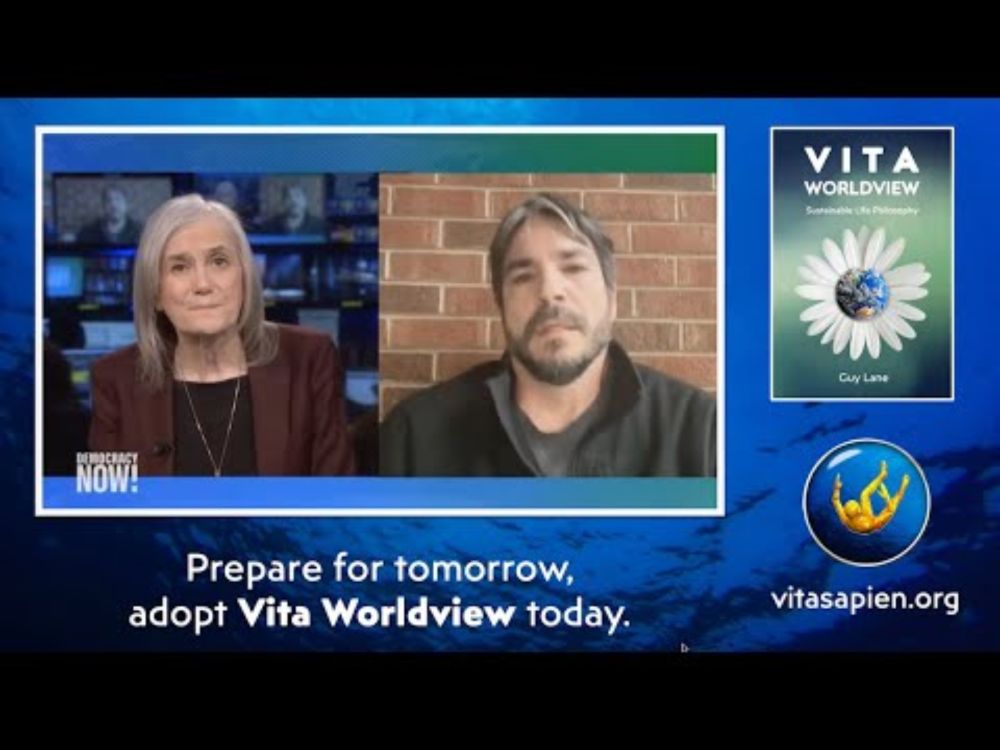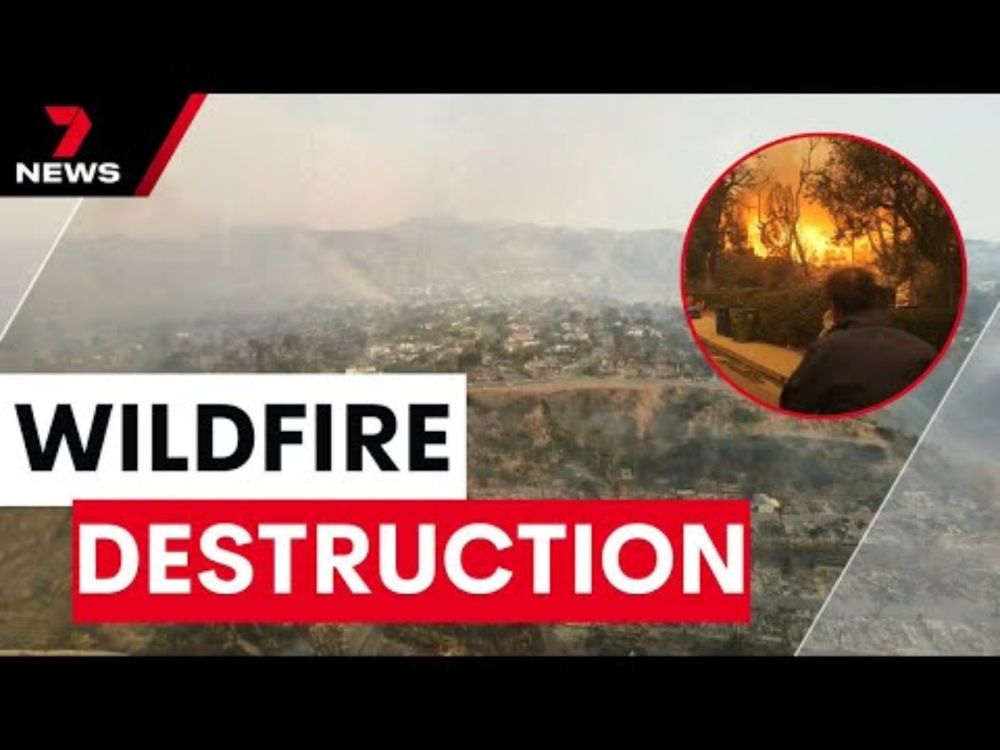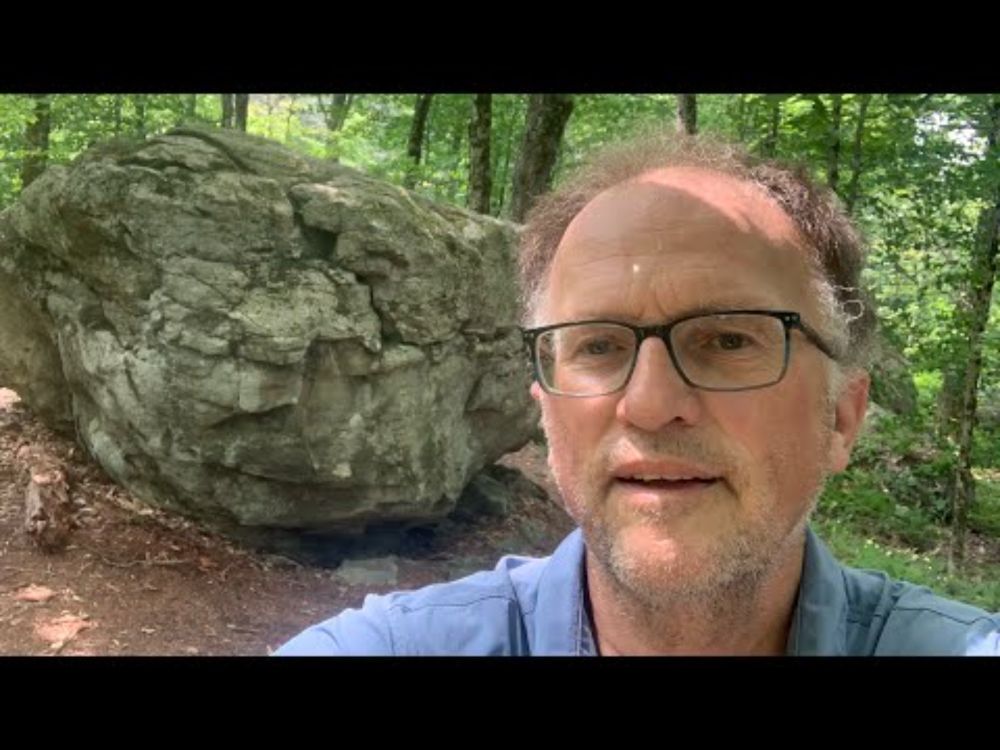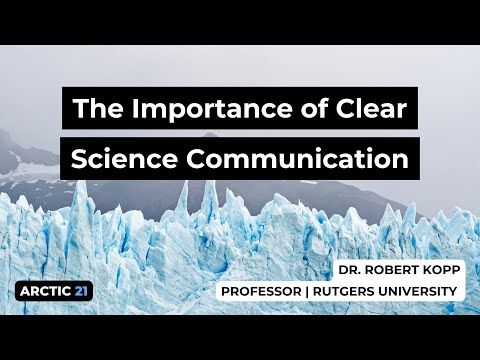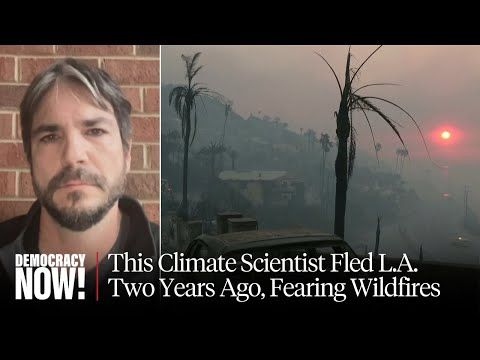The Catastrophic Climate Driven Conflagration in Los Angeles
The Catastrophic Climate Driven Conflagration in Los Angeles Please donate to http://PaulBeckwith.net to support my research and videos. The role of climate change in the catastrophic 2025 Los Angeles fires Summer dry seasons are extending into winter, intensifying the impacts of Santa Ana winds. https://yaleclimateconnections.org/2025/01/the-role-of-climate-change-in-the-catastrophic-2025-los-angeles-fires/ LA Times: One of the most destructive firestorms in L.A. history kills 5, burns 2,000 buildings https://www.latimes.com/california/story/2025-01-08/fire-weather-fierce-winds-los-angeles LA Times: More than 9,000 structures damaged or destroyed in Palisades and Eaton fires, officials estimate https://www.latimes.com/california/story/2025-01-09/even-after-a-two-day-nightmare-l-a-girds-for-more-days-of-fire-weather Peer-reviewed science: Hydroclimate volatility on a warming Earth Abstract Hydroclimate volatility refers to sudden, large and/or frequent transitions between very dry and very wet conditions. In this Review, we examine how hydroclimate volatility is anticipated to evolve with anthropogenic warming. Using a metric of ‘hydroclimate whiplash’ based on the Standardized Precipitation Evapotranspiration Index, global-averaged subseasonal (3-month) and interannual (12-month) whiplash have increased by 31–66% and 8–31%, respectively, since the mid-twentieth century. Further increases are anticipated with ongoing warming, including subseasonal increases of 113% and interannual increases of 52% over land areas with 3 °C of warming; these changes are largest at high latitudes and from northern Africa eastward into South Asia. Extensive evidence links these increases primarily to thermodynamics, namely the rising water-vapour-holding capacity and potential evaporative demand of the atmosphere. Increases in hydroclimate volatility will amplify hazards associated with rapid swings between wet and dry states (including fash foods, wildfires, landslides and disease outbreaks), and could accelerate a water management shift towards co-management of drought and food risks. A clearer understanding of plausible future trajectories of hydroclimate volatility requires expanded focus on the response of atmospheric circulation to regional and global forcings, as well as land–ocean–atmosphere feedbacks, using large ensemble climate model simulations, storm-resolving high-resolution models and emerging machine learning methods. Link (open access): https://www.nature.com/articles/s43017-024-00624-z NOAA National Oceanographic and Atmospheric Administration division (Trump has promised to kill this group): National Integrated Drought Information System (NIDIS) https://www.drought.gov/news/study-finds-climate-change-blame-record-breaking-california-wildfires-2023-08-08 Peer-reviewed science: Anthropogenic climate change impacts exacerbate summer forest fires in California Abstract Record-breaking summer forest fires have become a regular occurrence in California. Observations indicate a fivefold increase in summer burned area (BA) in forests in northern and central California during 1996 to 2021 relative to 1971 to 1995. While the higher temperature and increased dryness have been suggested to be the leading causes of increased BA, the extent to which BA changes are due to natural variability or anthropogenic climate change remains unresolved. Here, we develop a climate-driven model of summer BA evolution in California and combine it with natural-only and historical climate simulations to assess the importance of anthropogenic climate change on increased BA. Our results indicate that nearly all the observed increase in BA is due to anthropogenic climate change as historical model simulations accounting for anthropogenic forcing yield 172% (range 84 to 310%) more area burned than simulations with natural forcing only. We detect the signal of combined historical forcing on the observed BA emerging in 2001 with no detectable influence of the natural forcing alone. In addition, even when considering fuel limitations from fire-fuel feedbacks, a 3 to 52% increase in BA relative to the last decades is expected in the next decades (2031 to 2050), highlighting the need for proactive adaptations. Link: https://www.pnas.org/doi/pdf/10.1073/pnas.2213815120 Interactive Map of Air Quality https://gispub.epa.gov/airnow/?contours=pm25&xmin=-13493851.67160139&xmax=-12906815.294371521&ymin=3894351.268776905&ymax=4142312.9885338973 Wikipedia: Santa Ana winds https://en.wikipedia.org/wiki/Santa_Ana_winds LA Times: What makes the Santa Ana winds blow https://www.latimes.com/california/story/2019-10-09/what-makes-the-santa-ana-winds-blow Wikipedia: List of Wildfires https://en.wikipedia.org/wiki/List_of_wildfires FlightRadar24 site on aircraft (to watch flights of helicopters and water bombers) https://www.flightradar24.com/33.94,-118.40/14 Please donate to http://PaulBeckwith.net to support my research and videos.
Top Bluesky Posts
An authoritative source about Earth science, Paul Beckwith, talks about climate change wildfires hitting Los Angelese. Share this widely in the hope that people finally wake up to the underlying cause of these disasters. @paulhbeckwith.bsky.social www.youtube.com/watch?v=phkQ...
youtu.be/phkQTiQyj1Y?...
Shut down the aviation and war industries or earth burns more quickly m.youtube.com/watch?v=phkQ...
The Catastrophic Climate Driven Conflagration in Los Angeles @paulhbeckwith.bsky.social discussing LA Hellfires 🔥 #Klima2.0🌡️ youtu.be/phkQTiQyj1Y?...
www.youtube.com/watch?v=phkQ... Recomendo. @brasil247.bsky.social @agenciabrasil.ebc.com.br @brianmier247.bsky.social @iclnoticias.com.br @pedroronchi.bsky.social @atila.bsky.social E outros.
m.youtube.com/watch?v=phkQ...
www.youtube.com/watch?v=phkQ...
You may also like
